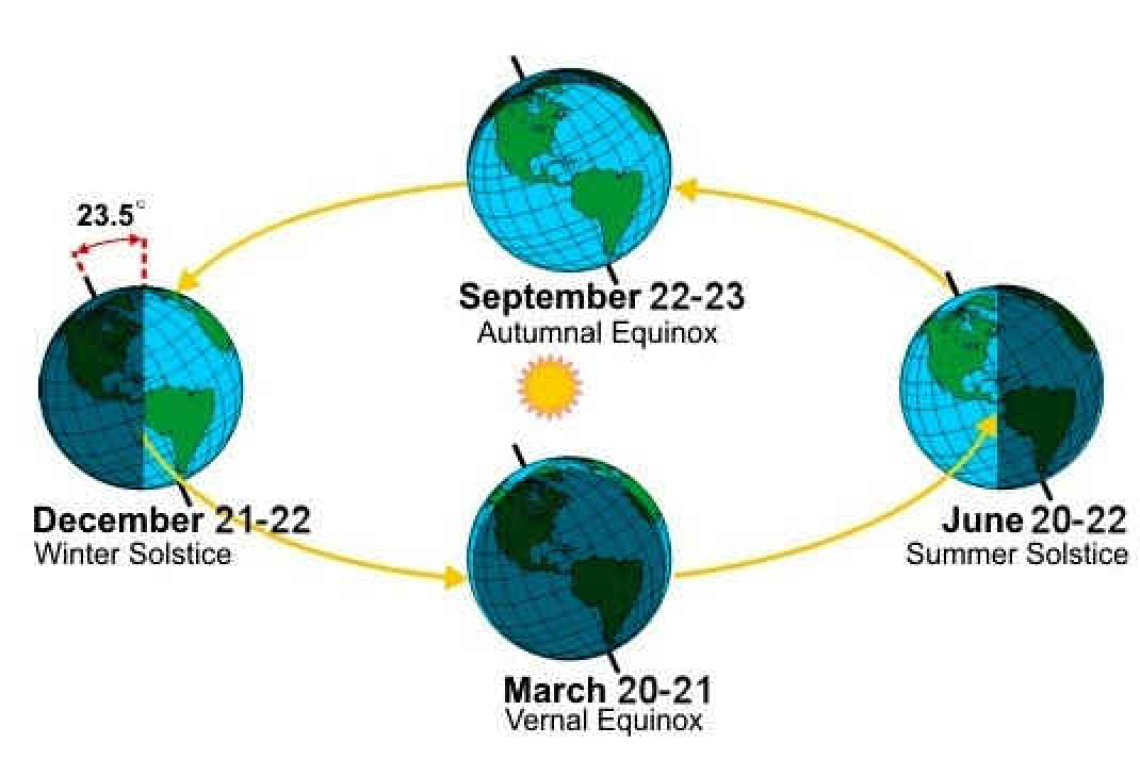~ St. Maarten’s Backyard Astronomy for September 20-22 ~
Sun rises at 6:01am
Sun sets at 6:08 pm
Lunar phase: 3rd quarter, waning gibbous
Moon sets at 9:31am, Saturday
Moon rises at 9:00 pm, Saturday
This weekend, we see no moon in the early evening, so it’s a great time for stargazing. The moon rises after 9:30pm, which means about two hours of darkness decorated with brilliant twinkles. Head out to a really dark spot, away from the lights of buildings, cars and advertising. Give your eyes time to adjust to the darkness – it can take about 10 minutes – and get comfortable. A blanket or lawn chair that reclines is ideal. Got binoculars? Bring them along!
After sunset, you’ll see Venus holding court as the Evening Star in the west. Venus is currently among the stars of the constellation Virgo the Maiden and the bright star near her is Spica. Venus is lovely and bright – as befits the goddess of Love – but oh so fleeting, she sets below the western horizon as early as 7:45 on Saturday evening.
Look then to the southeast, about a third of the way up the sky, to see Saturn. Use binoculars, or a telescope if you have one handy, to see her rings; they’ll be tilted dramatically towards the left. You could even see four of her larger moons – Iapetus, Dionne, Enceladus and Tethys.
While gazing into the southern sky during the early evening, you may notice a swarm of Starlink satellites moving down or across the sky. Their tiny lights will move smoothly past our familiar constellations and planets; but of course, they are in orbit around the Earth and are close by, relative to other starry points that you might be admiring.
Later in the night, or rather the early morning, look for the gorgeous planet Jupiter, very brilliant and strong. Although the moon will compete with Jupiter, the solar system’s largest planet can withstand the moonlight and keep on shining. The constellations Taurus and Orion will frame Jupiter this weekend.
Also this weekend, we celebrate the Autumnal Equinox. You may have learned in school that the equinox is when daylight hours and darkness hours are equal. Well, I hate to burst that bubble, but that’s not exactly true: But it’s close – that is to say, the principle is accurate, if not the actual measurement of time. For me, though, the idea is worth imagining. Here’s an equinox fact that is true: On either the Spring or the Autumnal Equinox, the sun rises due east and sets due west. Amazingly, that is true for any location on Earth, except for the North or South poles.
Thank you for keeping up with the Night Sky articles, backyard (or beach) astronomy designed for St. Maarten sky viewing. FYI: If you are out later on in the week, note that each star rises about four minutes earlier each day than written here, and the moon rises 50 minutes later. Night Sky is researched and compiled by Lisa Davis-Burnett. Earthsky.org is a key resource for information and images. Questions or comments? Email This email address is being protected from spambots. You need JavaScript enabled to view it..







